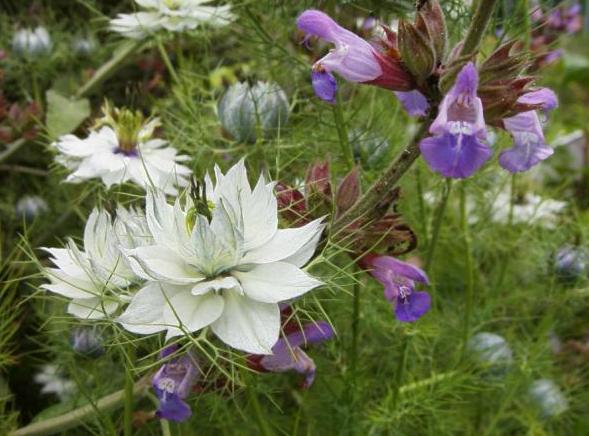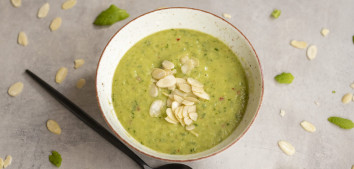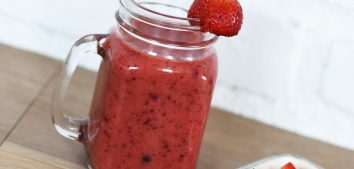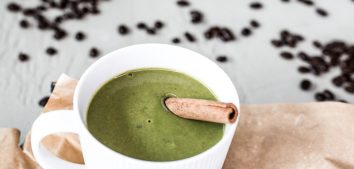
Black cumin (Kalonji)
This little inconspicuous plant has seeds that are powerful! Ancient people thought it to be “a cure for all diseases except for death”.
When you read about healthy properties of black cumin, you can’t help wondering. It can help allergy sufferers, diabetics, it can reduce blood pressure and prevents cancer, supports the liver and prevents kidney stones. It has strong antibacterial, antifungal, antiviral and antiparasitic properties. Black cumin has been proven to relieve the symptoms of asthma and frequency of attacks. It is beneficial for our central nervous system as well. Its properties can be also anxiolytic, sedative and antidepressant.
And many more…
Many sources, also those strictly scientific, claim that black cumin is not a fake, I checked them myself. It is also tasty and has a nice smell so why not try it!? Especially that it is not only healthy but also good for your beauty (acne!).
Of course if your diet is wrong, black cumin will not work wonders. However, if you stick to a healthy lifestyle, those little black seeds significantly help you to stay healthy and young.
Nutrients in seeds:
- saponins, melanthin, hederacoside C and hederagenin
- MCH (melanin-concentrating hormone)
- carbohydrates (32%)
- proteins (22%), including 8 out of 9 essential amino acids: phenylalanine, isoleucine, leucine, lysine, methionine, threonine, tryptophan, valine
- carotene
- vitamins B1 and B6
- mineral compounds such as: calcium, magnesium, iron, sodium, selenium and zinc
Oil from black seeds is called “the gold of pharaohs”, it was found in Tutankhamun’s tomb. It is obtained by the process of cold pressing, it has a brown colour, it is bitter in taste and spicy scent. Fat oil contains: 85% unsaturated fatty acids, volatile oil (in which the mail active compound is thymoquinone), protein, alkaloids, flavonoids, saponins.
Black seeds can be used externally (on skin, hair and nails) as well as internally. It may be used as seeds (entire, pounded in the mortar or ground in the mill) or as pressed cold oil. In Middle East countries it is believed that chewing 10 seeds a day prophylactically keeps all diseases away.
- Prophylactically in the kitchen as a spice: ground black seeds are a great pepper substitute. Unlike pepper, black cumin does not irritate the digestive system and it does not acidify the organism (pepper is an acidifying spice). It is worth replacing traditional pepper in your pepper pot with black cumin. You may add entire or ground seeds while baking bread (to dough or as a sprinkle on top), to soups, salads, sandwiches, to ‘bigos’ and other stewed vegetables, while making home-made cheese, wine or pickling vegetables.
- Infusion of black cumin: brew the same as tea, pour boiling water over one teaspoon of ground seeds, brew it for 20 minutes and drain off. Such an infusion may be sweetened with honey. It is used externally to bathe pathologically changed skin, as a hair rinse or internally (drink ½ cup of infusion 2-3 times a day).
- In an oil form: externally on skin or hair, or internally (1 teaspoon of oil 2-3 times a day, half the dose for children). Black seeds oil is available in capsules, but then, it is more expensive than oil in a bottle. Remember to buy only the black seeds oil that is pressed cold. Store in the fridge after opening.
- Black cumin tincture: pour alcohol (40%) over ½ cup of ground black seeds and let soak for at least a week, then strain through cotton. It can be used externally or internally the same as oil. In case of a fungal infection (e.g. candida), the tincture will be more efficient than the infusion.
- Herb honey syrup: one tablespoon of honey mix well with one teaspoon of ground black seeds – it is very helpful in treating cold (the same as a blend of honey and Ceylon cinnamon): it has an expectorant effect, can ease cough and sore throat. The remedy may be applied externally on skin as a poultice, and if we grind seeds coarsely, it may be used to make peeling. (citing www.stressfree.pl)
sources:
1. http://www.herbapolonica.pl/magazines-files/5156139-13.pdf










Comments 1 Comment
Join the discussion…
Excellent information!!
Thank you very very much!!!